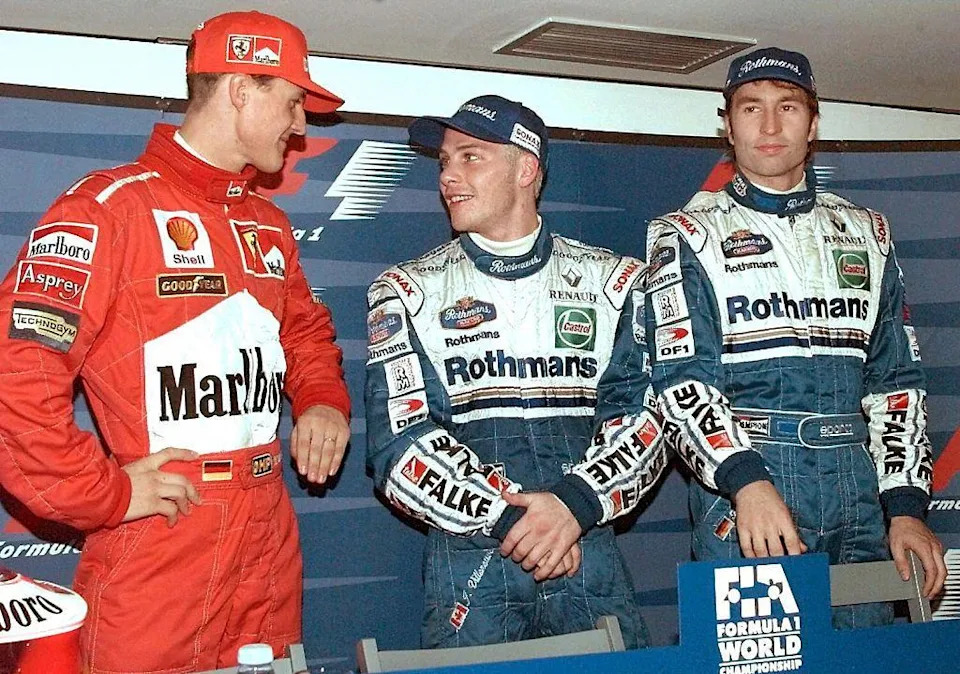System 1 measures its lap and race instances to 3 decimal locations to make sure that timing is each correct and simple to know.
Every decimal place has its personal label – tenths, hundredths, and thousandths – primarily based on what number of milliseconds it refers to.
Commercial
It is vitally widespread for lap instances in qualifying – when drivers attempt to set the quickest time potential to present them the perfect beginning place for the grand prix – to be separated by a couple of thousandths of a second.
On the 2025 Japanese Grand Prix at Suzuka, for instance, Max Verstappen certified quickest by setting a time of 1 minute, 26 seconds, and 983 milliseconds (1:26.983). Second-place Lando Norris was second with a time of 1:26.995, simply 12 thousandths of a second behind.
That hole is round ten instances smaller than the common blink of a watch.
What occurs if drivers set the identical time in F1?
Michael Schumacher, Jacques Villeneuve and Heinz-Harald Frentzen all completed with the identical qualifying time in Spain in 1997 [Getty Images]
In some cases, drivers even set the very same time to 3 decimal locations. In that case, F1 doesn’t use a fourth decimal place to find out the order. As a substitute, whichever driver set that lap time first is given precedence on the leaderboard.
Commercial
It’s a lot much less widespread for drivers to complete inside a couple of thousandths of every one another on the finish of a race, however in these cases, F1 makes use of evaluation of high-quality, high-speed video footage to find out which automobile was forward on the line.
If two automobiles end the race with the identical time to 3 decimal locations, and video footage additionally suggests they crossed the road at the very same level, then the factors for each ending positions are added collectively, divided by two, and awarded to every driver.
On the 1997 European Grand Prix at Jerez in Spain, Michael Schumacher, Jacques Villeneuve and Heinz-Harald Frentzen all set exactly the identical time to 3 decimal locations in qualifying. As Villeneuve set the time first, he certified on pole place.
How does timing and monitoring work in F1?
Each System 1 automobile is fitted with a transponder, a tool which emits a relentless distinctive radio sign which permits its motion to be tracked exactly.
Commercial
Buried within the tarmac of each circuit on the calendar, each 200 metres or so, are a sequence of timing loops stretching the width of the observe. Every of the timing loops is encased in a layer of silicone for sturdiness, and earlier than every grand prix they’re examined to make sure they’re functioning appropriately.
Every time a automobile’s transponder passes over a timing loop, the precise time is transmitted. Thus, a full image of its motion and the time the automobile has taken to journey between two factors will be created with none outdoors interference.
There are a number of backup programs and options in place, together with infrared sensors and lightweight beams on the beginning/end line, to make sure that timing is at all times correct.
This text is the most recent from BBC Sport’s crew. The query was despatched to us by John in Birmingham. Thanks, John!
Extra questions answered…










